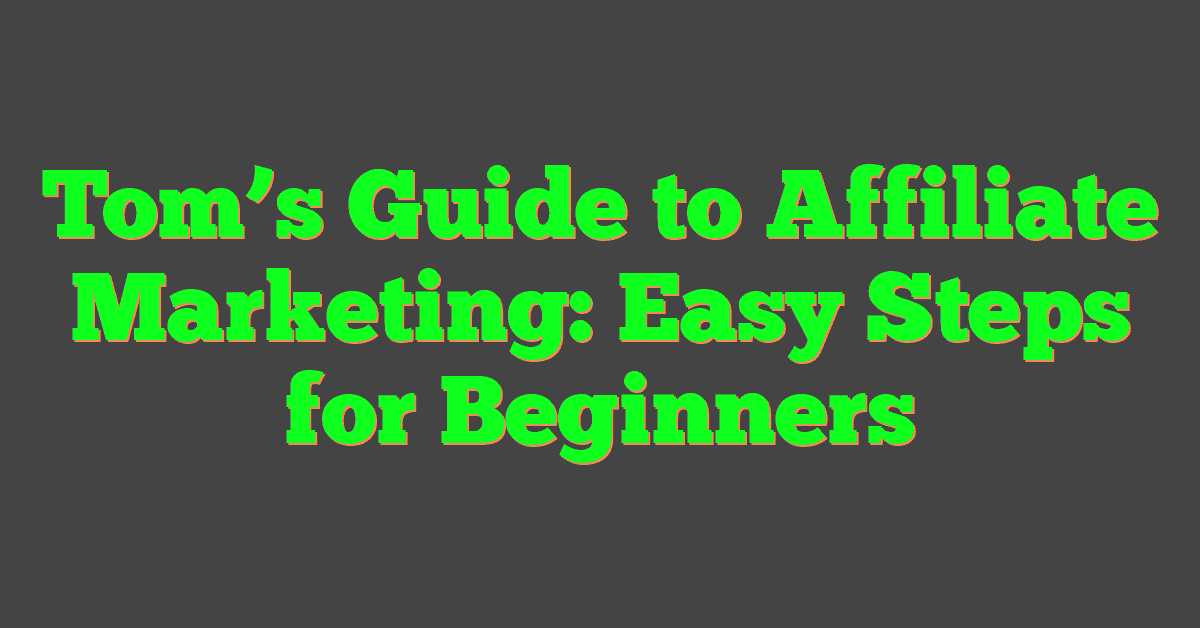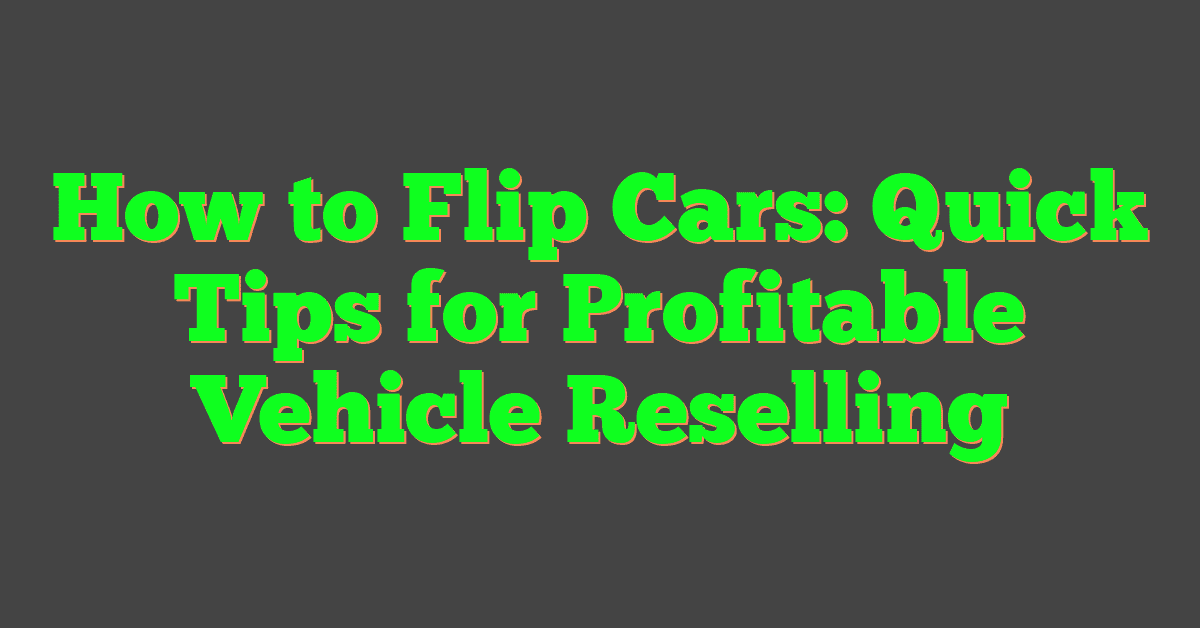Embarking on the journey of blogging can be both exhilarating and daunting. Your first blog post is a milestone; it sets the stage for your online presence and is your opportunity to make a strong first impression. It’s important to consider your niche, your audience’s needs, and your personal passion as these elements will shape the voice and content of your blog. A well-planned and engaging inaugural post not only captivates your readers but also lays the foundation for your blogging success.

Crafting that initial post requires a balance of personal touch and strategy. Drawing readers in with a story or relatable content allows them to connect with you on a personal level, while clear, valuable content positions you as a source of authority in your niche. Remember, your blog is not just a platform to express thoughts; it’s also a tool to add value to your readers’ lives. Whether it’s through helpful tips, insightful commentary, or inspiring narratives, your first post should reflect the essence of your blog and what readers can expect going forward.
Key Takeaways
- Crafting a compelling first blog post is crucial for establishing your online presence.
- Align your content with both your passion and the interests of your target audience.
- Your initial post sets the tone for your blog’s value and future content.
Identifying Your Niche
https://www.youtube.com/watch?v=WgvSYSp3gAc&embed=true
Choosing the right niche for your blog is crucial. It sets the foundation for all of your content and ensures that you connect with the right audience. A well-chosen niche can help make your blog stand out in a crowded field.
Research and Inspiration
To pinpoint your specific blog post topic, start with research to fuel your inspiration. Look into various fields like travel, personal finance, or technology—areas with substantial followings and ongoing interest. Lists of topics can emerge from current trends, personal passions, or gaps in the current market. A methodical approach might involve tables to compare the popularity and relevancy of different subjects to decide on one that resonates with you.
Understanding Your Audience
Understanding your audience is about recognizing their interests and pain points. Who are they? What are they looking for? Use tools like surveys, social media analysis, and audience demographics to gather this information. Your aim should be to choose a niche that not only inspires you but is also relevant to your target audience. This dual focus will direct your content strategy and help ensure long-term engagement.
Analyzing Competitors
It’s also vital to understand the competition. Look at competitors and authority sites within your chosen niche to learn what they do well and where you could carve out a unique space. Make a list of these sites, note their strengths, and consider how you can differentiate your blog. You don’t need to reinvent the wheel, but offering a fresh perspective or new insight can attract readers looking for something new within a familiar topic.
Planning Your Content
https://www.youtube.com/watch?v=79m0QhSswPE&embed=true
Before diving into writing, it’s crucial to plan your content carefully. This planning will guide you through selecting the right ideas, scheduling posts effectively, and clarifying your objectives, ensuring you consistently produce high-quality content.
Brainstorming Ideas
When brainstorming blog post ideas, focus on topics that pique both your interest and that of your audience. If you’re passionate about travel or technology, consider writing a list post of your top destinations or latest gadgets. Aim for a blend of trending topics and evergreen content that will remain relevant over time.
Creating an Editorial Calendar
An editorial calendar is a must for keeping your blogging process organized. Tools like CoSchedule can help you plan and visualize your content schedule. Start by penciling in seasonal topics, industry events, and regular features. Your calendar should align with your content strategy, allowing you to structure posts around specific topics or themes.
Establishing Blogging Goals
Your blogging goals should be specific and align with your overarching mission statement. Maybe you aim to become an authority in travel blogging or wish to educate readers on the latest tech trends. Set clear expectations for yourself, such as publishing frequency or desired engagement levels, and let these objectives shape your content. Commit to these goals for long-term blogging success.
Writing Your First Post
https://www.youtube.com/watch?v=3HFuoFa2HSw&embed=true
Embarking on the journey of writing your first blog post can feel daunting, but with a structured approach and attention to detail, you can craft an engaging piece that resonates with readers.
The Writing Process
To begin your writing process, it’s crucial to set a clear and attainable goal for your post. Determine the message or information you want to share and plan your writing around that central theme. Create an outline that breaks down your topic into manageable sections, allowing you to focus on one part at a time. This approach can help maintain a coherent flow throughout your post. Ensure each paragraph packs a punch with concise, high-quality content that directly contributes to your overall message.
Crafting an Engaging Introduction
Your introduction is your first opportunity to capture your reader’s attention, so start with a catchy headline and an opening paragraph that hooks them in. Address your readers directly and pose a relatable question or present an intriguing fact that relates to your topic. Your writing style should be conversational, inviting readers to engage with your content as though you’re having a one-on-one discussion.
Developing the Body Content
The body of your first blog post is where you dive into the details. Use short paragraphs and incorporate elements such as lists, Zen habits, relevant quotes, and even photos or videos to break up text and add visual interest. This not only aids readability but also enhances the overall user experience. When giving examples, you might include anecdotes or showcase first blog post examples to illustrate your points vividly. Remember, every sentence should serve the purpose of informing or entertaining your readers, or both.
Ending with a Strong Conclusion
Conclude your first blog post with a powerful finale that ties together the key lessons or insights you’ve shared. Your conclusion should reinforce the main points of your content and leave readers with a clear understanding of what they’ve gained. To encourage ongoing engagement, end with a thought-provoking question or a compelling call-to-action, inviting your audience to comment, share, or explore related topics on your blog.
Optimizing for SEO

In crafting your first blog post, focusing on SEO can significantly increase your visibility and draw more traffic to your site. Here’s how you can start off on the right foot by integrating SEO effectively into your content.
Conducting Keyword Research
To capture search traffic, your blog needs to target relevant keywords. Begin by performing keyword research to discover what your audience is searching for. This involves looking for terms with high search volumes but low competition, ensuring your content is more likely to rank well.
- Use tools like SEMrush to analyze these keywords.
- Consider both short-tail and long-tail keywords.
On-Page SEO Elements
After pinpointing your keywords, optimize on-page elements such as:
- Title tags: Make sure your post’s title contains the main keyword but remains catchy.
- Meta descriptions: Write compelling meta descriptions with keywords to improve click-through rates.
- Headings: Use headings and subheadings (H1, H2, H3) to structure content and include keywords.
- Content: Integrate keywords naturally in the first 200 words, and maintain keyword density without stuffing.
- Images: Optimize image alt text with relevant descriptions and keywords.
- Internal linking: Include links to high-value internal pages to encourage deeper navigation.
Utilizing SEO Tools
Leverage SEO tools like Ahrefs to refine your SEO strategy.
- Track your keyword rankings and monitor changes over time.
- Analyze competitors’ high-ranking pages to inform your content and link-building strategies.
- Use plugins such as Yoast SEO to guide you through the optimization process on your content management system.
These practical steps will help propel your blog posts to the top of search engine rankings, driving valuable traffic to your website.
Promoting Your Blog Post

After crafting your first blog post, harnessing the power of promotion is crucial to welcome readers to your work. The following strategies will guide you in increasing visibility and driving traffic to your blog.
Leveraging Social Media
Social media platforms offer a treasure trove of opportunities to share your blog posts with a wider audience. Here’s how you can maximize your reach:
- Facebook/Twitter/LinkedIn: Post links to your blog post with engaging descriptions or questions to initiate conversations and encourage shares.
- Pinterest: For visually appealing topics, create custom pins linking back to your post.
- Reddit: Participate in relevant subreddits and contribute value before sharing your content to avoid being flagged as spam.
Pro Tip: Always tailor your message to suit the social network you’re using, as each platform has its own community norms and preferred types of content.
Networking with Bloggers
Building relationships with other bloggers can lead to valuable support and traffic for your new blog. Consider these networking techniques:
- Guest Posting: Contribute to other blogs in your niche to showcase your expertise and gain backlinks.
- Blog Comments: Leave thoughtful comments on peer blogs to increase visibility among an established audience.
Remember, networking is about genuine connections, so focus on fostering a sense of community with fellow bloggers.
Monitoring and Improving

After publishing your first blog post, it’s crucial to track its performance and refine your approach. By keeping an eye on how your content is received, you can make data-driven decisions to increase its effectiveness.
Tracking Post Performance
Monitor Traffic: To understand how well your post is doing, start by checking the traffic with tools like Google Analytics. This platform shows how many people are visiting your post and where they’re coming from, which can inform where to focus your promotional efforts.
- Review Engagement Metrics: Look for data points such as bounce rate and average time on page. They can help you gauge reader interest and engagement.
Gathering Feedback and Making Adjustments
Request Feedback: Don’t be afraid to ask for feedback directly from your readers. Use comments, surveys, or social media to gather their thoughts and support your growth as a blogger.
- Implement Changes: Based on the responses and review of your post’s performance, make necessary adjustments to improve. Identify any mistakes, be open to change, and set realistic expectations for your improvement over time.
Monitoring your blog post’s performance should be a friendly challenge, aiming to help you better connect with your audience and deliver content that resonates effectively.
Tools and Resources

To ensure your blogging journey starts off smoothly, you need the right set of tools and resources. From crafting your words to polishing the visuals, here’s a breakdown of what you’ll need.
Blog Writing and Editing Tools
Writing and editing are at the heart of your blogging. WordPress is known for its ease of use, making it a top choice for many successful bloggers. For drafting, Google Docs offers real-time collaboration, while Evernote is perfect for jotting down ideas on the go. Don’t forget Microsoft Word for those who prefer a classic word processor for blog writing tools.
- Drafting: Google Docs, Evernote
- Writing: WordPress, Microsoft Word
Visuals and Multimedia
Engaging photos and videos can make your blog posts pop. Start by using your own visuals or explore stock image sites. Consider a theme that supports multimedia well to give your blog that polished look.
- Images: Personal photos, Stock images
- Integration: WordPress theme compatibility
Templates and Checklists
Stay organized with templates and checklists. A blog post template saves time and ensures consistency. Look up examples like My Wife Quit Her Job to understand the structure of a post. For your pre-publishing routine, checklists come handy to tick off each important step.
- Structure: Blog post templates
- Preparation: Editorial checklists
Learning from Examples
Learn from the best. Blogs like The Everywhereist and Young House Love offer ample insight into what resonates with readers. Your tone, style, and content can draw inspiration from these blog examples for beginners, helping you refine your own voice.
- Inspiration: The Everywhereist, Young House Love




